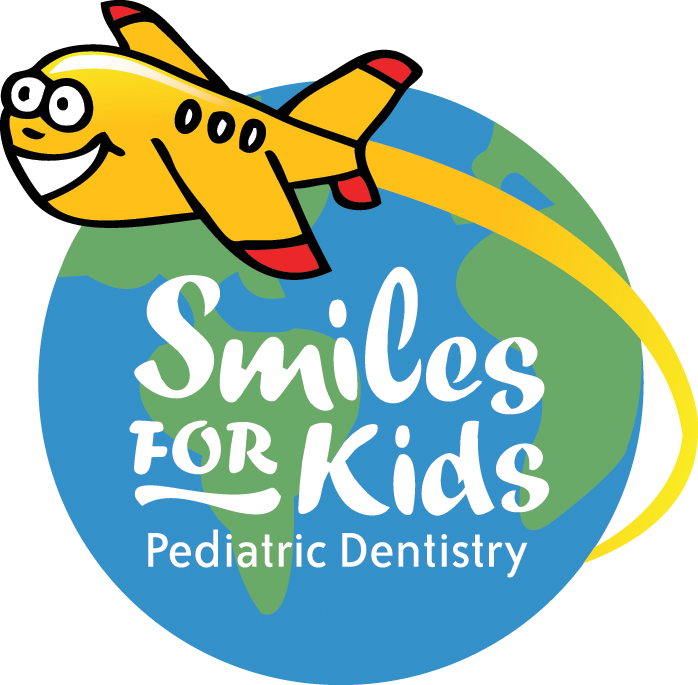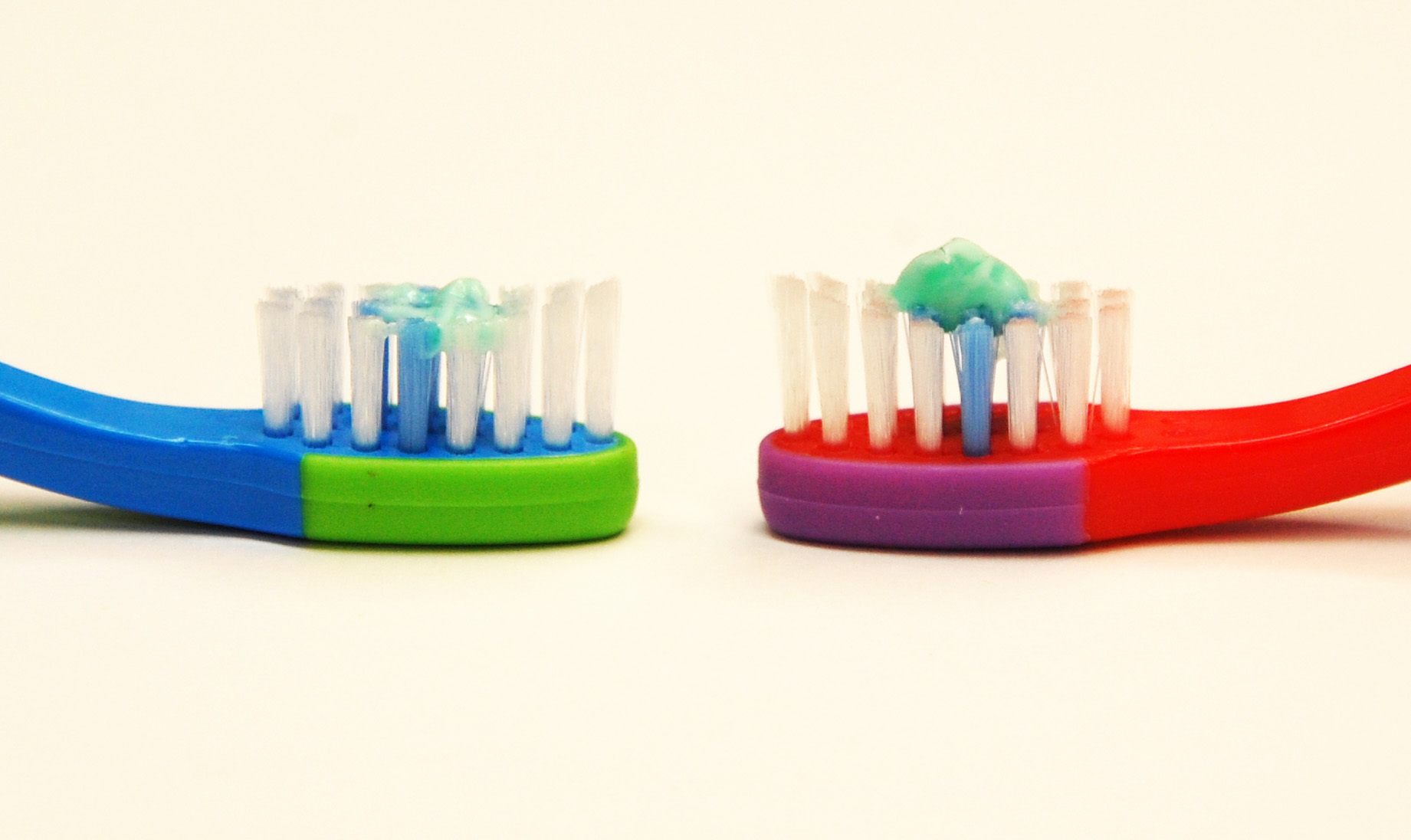OUR BIG THREE RULES FOR HEALTHY TEETH
/Those of you who have been seeing us on regular basis have heard us repeatedly talk about the BIG THREE RULES. I know... It gets repetitious, but honestly it is hard to overemphasize just how simple and important they are! So for prosperity sake and for a simple and quick reference we figured that putting them on our blog might just be one more reminder of these easy secrets to healthy teeth.
RULE #1
CLEAN TEETH AT NIGHT
Think of what your body does at night. It shuts down, it rests, it goes into a “save” mode in order to regenerate for the upcoming challenges of the day ahead. Your mouth is no different. It "sleeps" and this means that number one protective substance in your mouth, your saliva, is at its minimum activity level. The cleaning system is shut down. Cavity causing bacteria love that environment. So if any sugar and acid from your daily consumption of foods and drinks is left on the teeth for all these snoozing hours, cavities will slowly but surely form. So floss and brush at night and go to sleep with clean teeth. That does meant that after brushing there is no more snacking, no more last sips of milk, no more sneaking in even healthy snacks like fruit. Water is the only acceptable snack. Let those teeth be clean for this vulnerable time of the day and you will take your first step to healthy teeth. Now add to this one more factor for your kids. Baby teeth have thinner enamel than permanent teeth so it takes very little time for cavities to form. Protect them by this simple nightly routine of 3 minutes all together (1 minute of flossing and 2 minutes of brushing)!
With all the recent hoopla about fluoride we get so many questions about this. Funny thing is, as our country is getting more and more Internet crazed about this wonderful tooth medicine, Europe is actually moving towards higher concentrations of fluoride in toothpaste, community fluoride applications in daycares and schools and other community programs involving fluoride that have largely decreased amount of dental decay in children. At a recent dental conference in Europe, I was pleasantly surprised to see these fluoridation efforts and their amazing impact on the rate of dental decay (cavities) in countries like Sweden, Netherlands, or Denmark. Bottom line? Fluoride is medicine and should be used as such. The amount and concentration should be based on individual's risk for decay as well as size. Fluoridated toothpaste is a baseline that provides our teeth strength and ability to recoup damage done to enamel throughout the day. Or governing body American Academy of Pediatric Dentistry (AAPD) recommends using fluoride toothpaste as soon as baby teeth come in. In our practice we support that but allow parents worried about fluorosis (discoloration of teeth due to overuse of fluoride) to start using it closer to 18-24 months when permanent teeth have largely formed and will not be affected. We show parents how little toothpaste should be used and those amounts will not cause fluorosis. Any amount larger than pea size in kids over the age of five and larger than a grain of rice in kids under five is unnecessary. We also educate parents on keeping fluoridated toothpaste stored away from the kids in unreachable areas, in order to prevent any overdose since toothpaste tastes rather yummy! Bottom line: Nighttime brushing should be done with fluoridated toothpaste closely supervised and dosed by parents. It will allow those teeth to strengthen and recover thorough the night.

So that's it in a nutshell. Well... Maybe a large nutshell, but these are the rules our team lives by and believes in. We have spent many hours considering what are the most important lessons we can pass on to our dental families and these are the three things we believe will make a huge difference in children's dental health. And I'm sure we will repeat this mantra again at your next appointment which we are already looking forward to!


